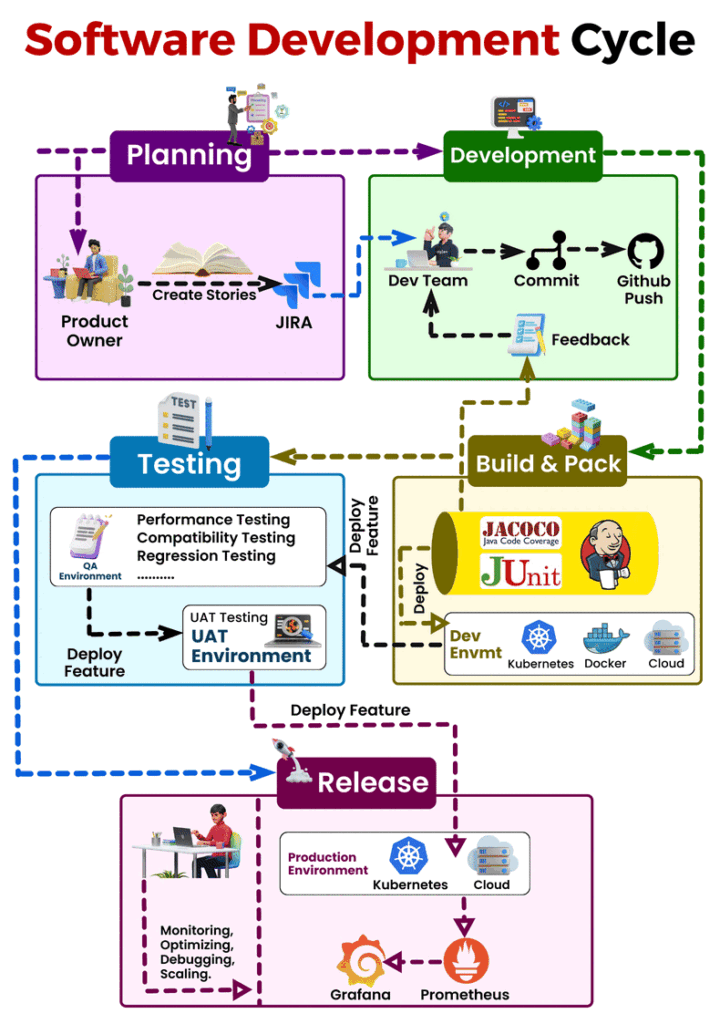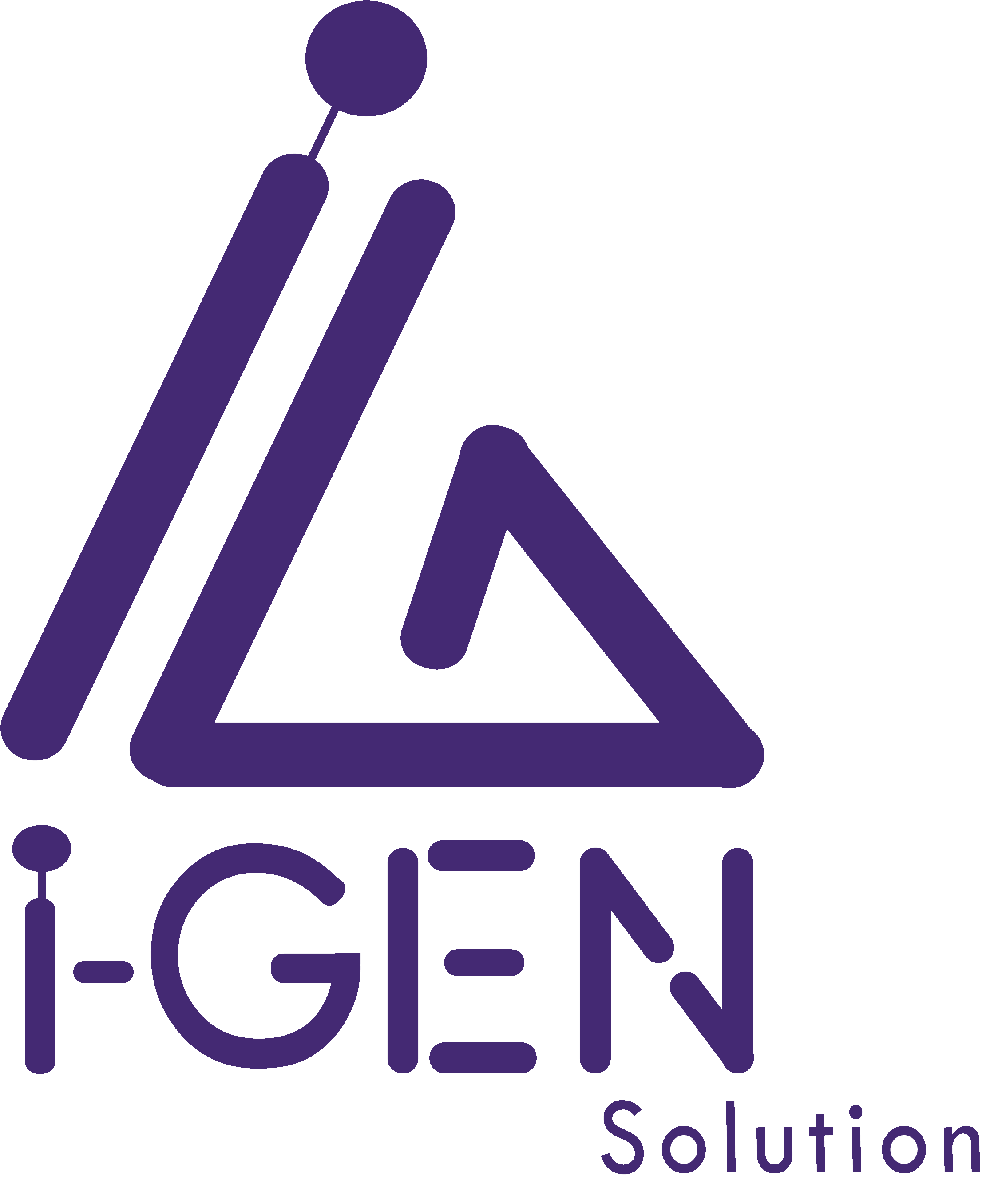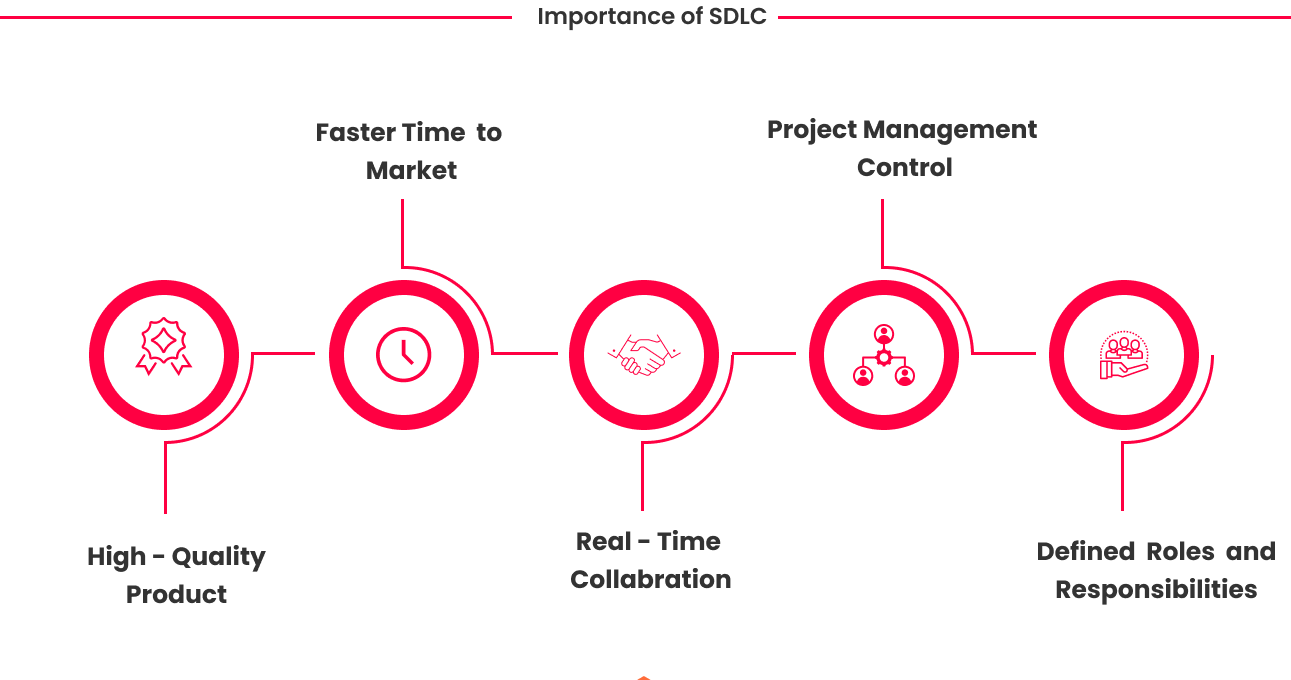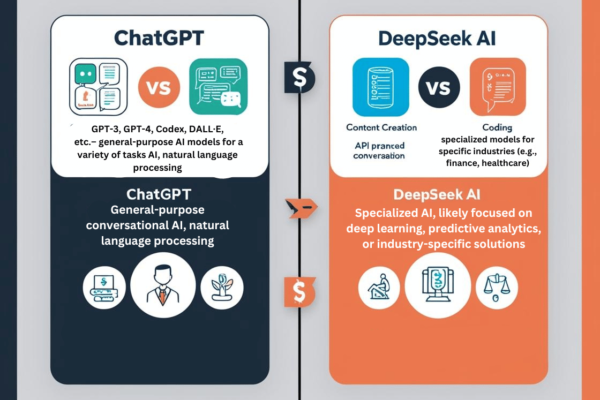Software Development Life Cycle
Introduction
The Software Development Life Cycle (SDLC) is a systematic process used by software development teams to design, develop, and test high-quality software. It encompasses several distinct phases, each with its own set of activities and deliverables, to ensure that software projects are completed efficiently and meet or exceed user expectations.

Importance and Relevance of SDLC in Software Development
SDLC is crucial for the success of any software development project. It provides a structured approach that helps teams manage complexity, reduce risks, and ensure that software products are reliable, functional, and delivered on time. By following a well-defined SDLC, organizations can achieve better project planning, resource management, and quality assurance.

Stages of SDLC
Defining Requirements
The first stage of SDLC involves gathering and analyzing the requirements for the software project. This includes understanding the needs of the users, defining the system's functionalities, and establishing the project's scope. Detailed documentation is created to ensure all requirements are captured accurately.
Stakeholder Involvement
Involving stakeholders in the requirement analysis phase is essential to ensure that their expectations are met. Stakeholders can include customers, end-users, project managers, and business analysts. Their input helps in creating a comprehensive requirement specification.
Feasibility Study
Technical Feasibility
Assessing the technical feasibility involves evaluating whether the project can be implemented using the available technology, tools, and resources. It also includes identifying potential technical challenges and risks.
Economic Feasibility
Economic feasibility analysis determines if the project is financially viable. This includes estimating the cost of development, maintenance, and operation, and comparing it with the expected benefits.
System Design
Architectural Design
Architectural design defines the overall structure of the software system. It includes selecting the software architecture, defining system components, and establishing relationships between them.
Detailed Design
Detailed design focuses on designing the internal logic of each system component. This includes creating detailed specifications for the software modules, interfaces, and data structures.
Implementation
Coding Standards
During the implementation phase, developers write the code for the software modules. Adhering to coding standards is crucial to ensure code quality, readability, and maintainability
Development Tools
Selecting the right development tools can significantly impact the efficiency and effectiveness of the implementation process. Tools may include integrated development environments (IDEs), version control systems, and debugging tools.
Testing Strategies
Testing
Detailed design focuses on designing the internal logic of each system component. This includes creating detailed specifications for the software modules, interfaces, and data structures.
Testing Strategies
Effective testing strategies involve planning the testing activities, designing test cases, and executing them systematically. This ensures that all functionalities are tested and potential issues are identified early.
Deployment
Deployment Strategies
Deployment involves moving the software from the development environment to the production environment. Deployment strategies can include phased deployment, parallel deployment, and direct deployment.
Post-Deployment Support
Providing post-deployment support is essential to address any issues that arise after the software is live. This includes monitoring the system, fixing bugs, and providing user support.
Maintenance
Types of Maintenance
Software maintenance involves making changes to the software after it has been deployed. Types of maintenance include corrective maintenance (fixing bugs), adaptive maintenance (updating the software for new environments), and perfective maintenance (enhancing functionalities).
Importance of Maintenance
Maintenance is crucial for the long-term success of the software. It ensures that the software continues to function correctly, adapts to changing requirements, and remains secure.
Models of SDLC
The Waterfall Model is a linear and sequential approach to software development. Each phase must be completed before the next phase begins, making it easy to manage and understand.
The V-Model, also known as the Verification and Validation model, emphasizes the relationship between each development stage and its corresponding testing stage. It ensures that each phase is thoroughly tested before moving to the next.
The Iterative Model involves developing software in repeated cycles (iterations). Each iteration produces a working version of the software, which is refined and expanded in subsequent iterations.
The Spiral Model combines elements of both the Waterfall and Iterative models. It emphasizes risk analysis and involves developing software in iterative cycles, with each cycle addressing specific risks.
The Agile Model focuses on flexibility, collaboration, and customer feedback. It involves developing software in small, incremental releases, allowing for continuous improvement and adaptation to changing requirements.
The DevOps Model integrates development and operations teams to improve collaboration and efficiency. It emphasizes automation, continuous integration, and continuous delivery (CI/CD) to streamline the software development process.






